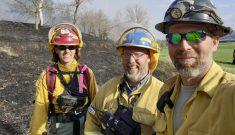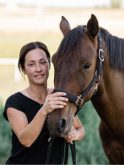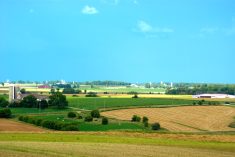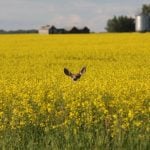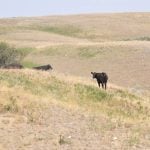Farmers diversify into niche products for a variety of reasons, but it’s unlikely any would be to provide the setting for a full-length horror movie.
But for miscanthus grower Scott Abercrombie, that’s exactly what happened when producers of a planned adaptation of a story by famous horror writer Stephen King were invited by the Ontario Biomass Producers’ Co-op to come and tour his St. Marys-area farm.
No, it’s not King’s 1977 short story Children of the Corn, which was adapted into a 1984 film. It’s a short story entitled In the Tall Grass, written by King in collaboration with his son, Joe Hill, and first published in 2012. Video-streaming giant Netflix has negotiated the rights to produce a movie version of the story.
Read Also
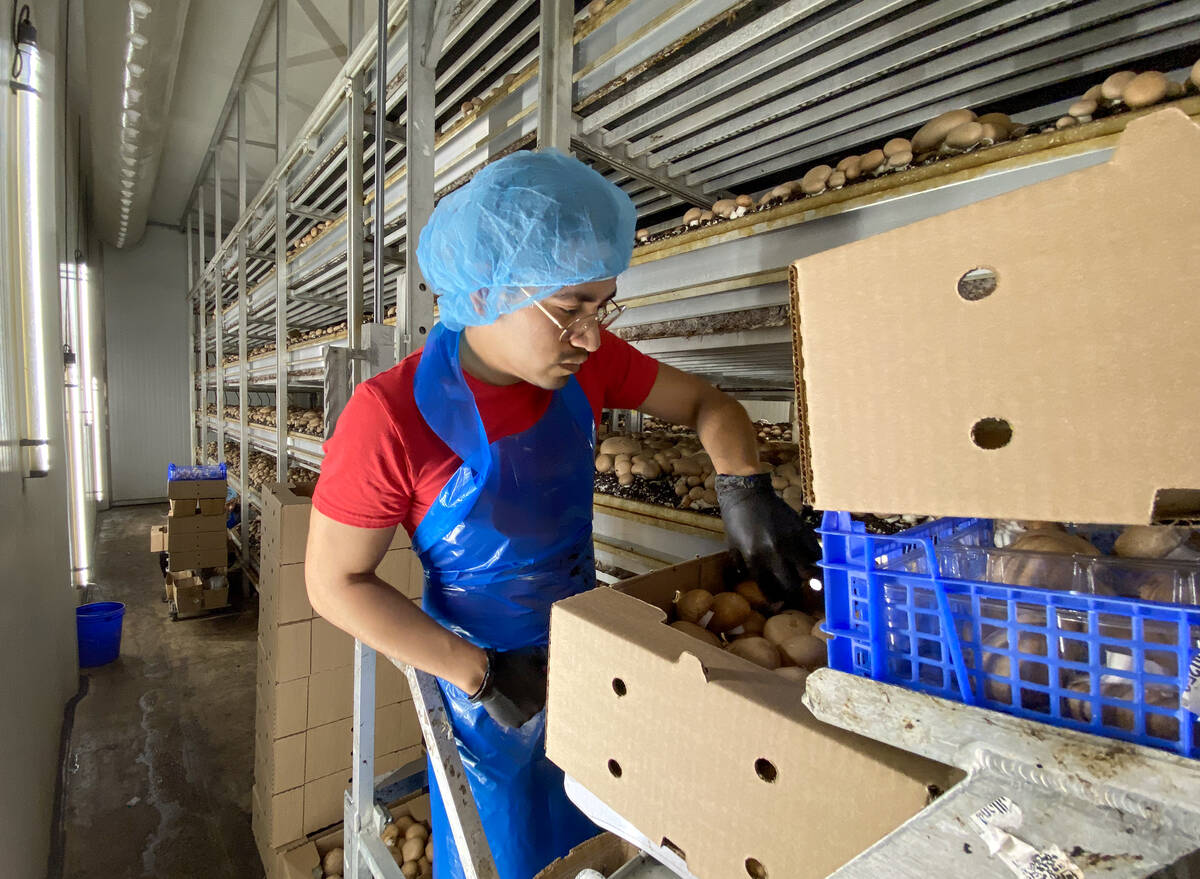
Ontario’s other economic engine: agriculture and food
Ontario Federation of Agriculture president, Drew Spoelstra, says Ontario’s agriculture and agri-food sector should be recognized for its stability and economic driving force.
Producer’s assistant Joanna Coathup of Toronto-based Copper Heart Productions told Farmtario recently she’s not at liberty to disclose details of the plans. But because set construction has started on Steve Coulthard’s dairy farm directly across the road from Abercrombie’s Gildale Farms miscanthus crop, and neighbours in the vicinity received notifications in their mailboxes about possible traffic disruptions, it became evident the project is moving ahead this summer.
Coulthard’s field is now home to a full-size rural church complete with tall steeple. Pre-weathered wooden siding makes it appear as if it has stood in that spot for 100 years. A crew member who didn’t want to provide their name admitted, though, that it’s only finished with siding on two facades. It was constructed to building code standards, however, due to the risk of high winds over the planned duration of filming.
On the other side of the road, despite this summer’s dry weather, a lush field of grass currently tops out at about 2 ½ metres tall, and will likely reach 3 ½ metres in height by the end of summer.
It’s this grass, miscanthus, which Abercrombie has grown for about 10 years, that attracted Copper Heart Productions to the heart of Perth South.
“We grow both miscanthus and switchgrass, but it’s the miscanthus they were interested in since it grows taller,” said Abercrombie.
Almost all of his crop is sold for livestock bedding or for feed, although Abercrombie continues to work with the Biomass Producers’ Co-op to investigate markets for fuel pellets manufactured from miscanthus or switchgrass. For now, pellets from the forestry industry are filling much of the market, but Gildale Farms includes a pellet-making facility and Abercrombie believes there’s strong potential for biomass pellets in premium, high-efficiency applications.
After about a decade among the province’s pioneers in growing high-biomass grasses, Abercrombie has gained about as much knowledge as anyone about the crops.
He chuckled when told how Coathup said the film’s production crew has spent considerable time over the past few weeks getting their miscanthus knowledge up to speed.
The Stephen King/Joe Hill story follows a brother-sister duo as they take a break from a cross-country spring-break road trip to follow a mysterious child’s cries into a field of long grass in Kansas.
According to Abercrombie, Toronto-based Copper Heart Productions contacted the Biomass Producers’ Co-op after securing the contract to help produce the film. The co-op arranged a series of on-farm visits and the producers selected Gildale Farms for the filming location.




